A passion for gardening leads couple into the world of floral retail, concentrating on the dried flower market
Lori Wimble wanted to share her love of flowers and maybe even make money at it, so in 2021 she started selling at farmers markets. Wimble focused on fresh-cut flowers, and the money she made went into production for the next market. Looking to diversify, she started to dry her flowers and make bouquets.Stories by Freelance writer
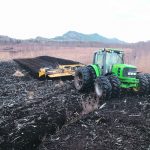
Peat producers focus on environmental impact
The industry says it consults with local rural communities to create jobs and apply post-harvest restorative practices
About 11.8 million cubic metres of peat are harvested a year from Canadian wetlands and shipped to the United States for processing. Then it is distributed back into Canada and throughout North America. The demand is high and Canadian peat harvesters can’t keep up. Peat lands exist across Canada. They make up 13 percent of the nation’s total land mass.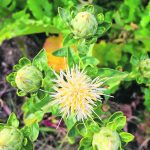
New cover crop attention revives interest in safflower
Proponents say the plant’s deep tap roots make it a desirable option when producers are considering cover crops
As more farmers deal with rising input costs and learn to work with fewer chemicals, cover cropping is gaining attention as a viable alternative for weed control, better soil health and overall biodiversity.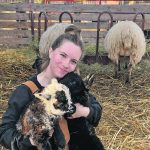
Teen shepherd expands her flock
A Grade 10 student from Alberta took over the family sheep business when she was 13 and hasn’t looked back since
Sheeps’ milk soap, handmade dryer balls, raw fleeces, hand-shearing, breeding stock, sheepskin tanning, rotational grazing set-up, meat sales, rovings and wool batts — where does first-generation sheep farmer Kamden Bartman find time for it all? It’s even more remarkable when you realize the pint-sized power behind The Prairie Shepherdess is 16 years old. As a […] Read more
Sheep farmer tells shepherds’ stories
Sheep, Shepherd and Land began as a concept back in 2019 but family and business demands and then a pandemic meant Hunter didn’t get started on the work until 2021. With photographer, fellow sheep farmer and neighbour Christel Lanthier, the two headed out on a cross-Canada journey, meeting sheep farmers and asking them to tell their stories.

Firm focuses on gluten-free
Calgary-based Stoked Oats is one of several Canadian oatmeal companies dedicated to producing gluten-free oats. President and chief executive officer Simon Donato said he started the company in 2011 with an eye on the cereal market and how there was a gap in the quality of oats delivered to grocery stores.
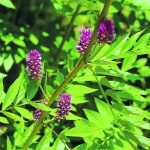
Licorice leaf extract holds promise as a natural fungicide
University and industry research team is searching for biocontrol alternatives to chemical crop protection products
Researchers with the Federal Research Centre for Cultivated Plants (JKI) in Darmstadt, Germany, and Trifolio-M GmbH in Lahnau, Germany, a biological pest control company, recently showed that some licorice varieties can improve plant tolerance against biotic stressors, such as fungi.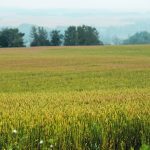
Research identifies fungal toxin threat to wheat
Fusarium has been found across Europe with half the wheat intended for human consumption containing vomitoxin
Researchers examined data from across Europe and the U.K. from the past 10 years and found that fusarium mycotoxins were discovered in every European country with half of the wheat intended for human consumption containing the fusarium mycotoxin DON (often referred to as vomitoxin).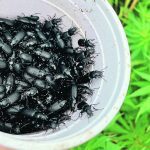
Learning to love your local beetles
Boyd Mori has been studying the DNA of what is found in the digestive tracts of the species Pterostichus melanarius, commonly known as the rain beetle, to better understand what they eat.
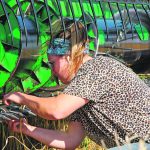
Labour shortage looms
According to an RBC report, 600 fewer young people are entering the ag sector each year, despite a 29 percent jump in students enrolling in post-secondary agricultural programs. As well, as the rural population dwindles, cities grow and that means more people become more removed from the farm and are less aware of how their food is produced.




